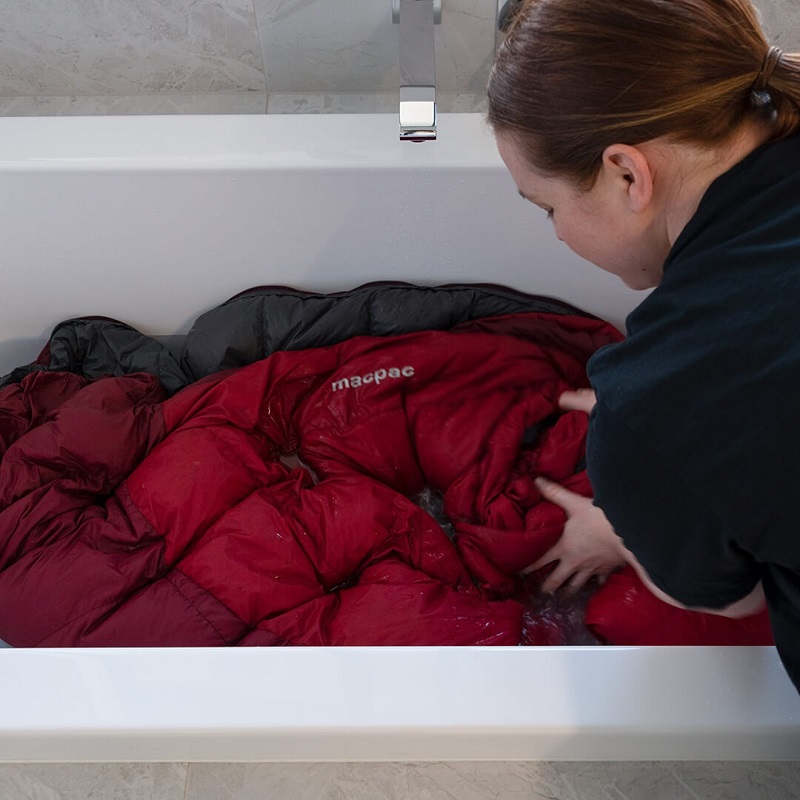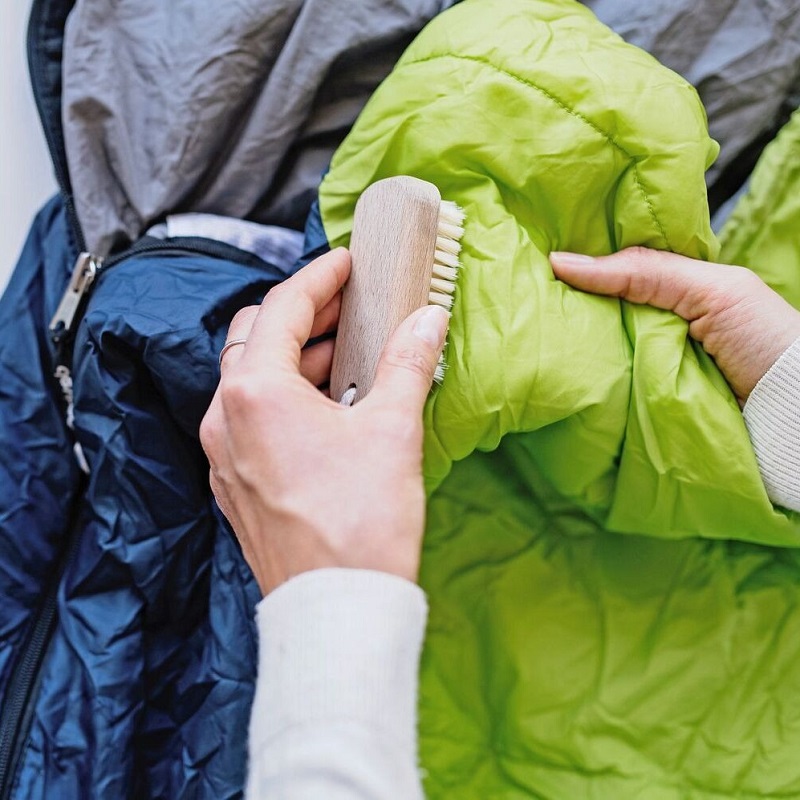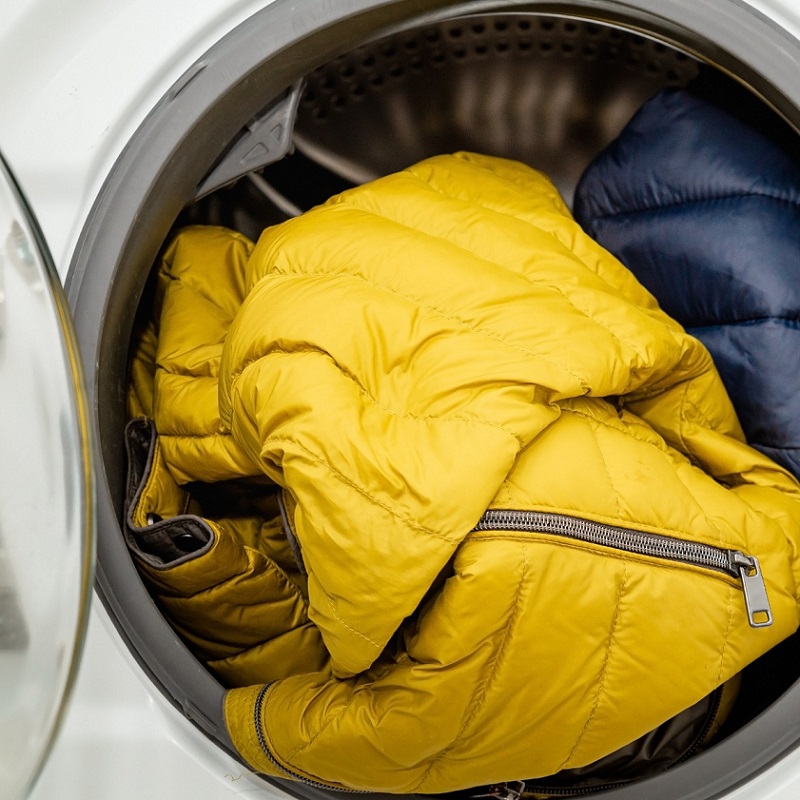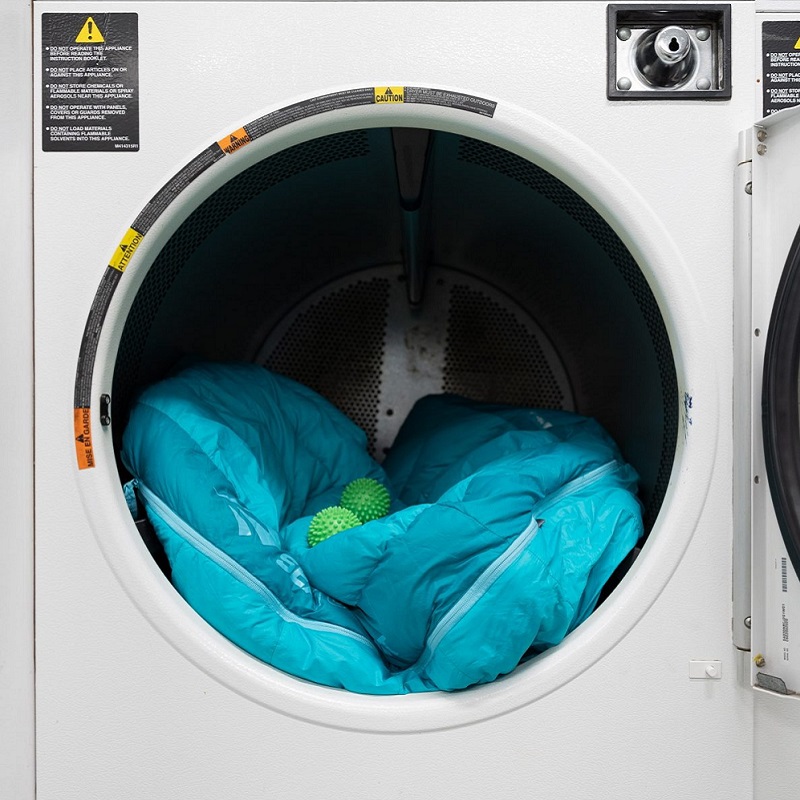Introduction
Understanding how to wash a sleeping bag is essential for any camping enthusiast or outdoor adventurer. Your sleeping bag is not just a cozy layer; it is a crucial piece of gear that plays a significant role in ensuring a comfortable and warm night’s sleep while camping. Over time, sleeping bags accumulate dirt, oils, and even odors, which can diminish their overall effectiveness.
Proper maintenance is crucial not only for hygiene but also for the longevity of your sleeping bag. If neglected, accumulated grime can lead to decreased insulation capability, reduced comfort, and even a shorter lifespan for your gear. Because of this, learning the right way to wash and care for your sleeping bag is an essential skill for any camper. In this guide, we will provide a detailed look at the steps you need to take to effectively wash your sleeping bag while maintaining its durability and warmth.
Understanding Your Sleeping Bag: Types and Components
Common Sleeping Bag Types
Before diving into the washing process, it’s important to understand the different types of sleeping bags available. There are two main types: down sleeping bags and synthetic sleeping bags. Knowing your bag’s material is crucial because it significantly influences the washing method.
Down Sleeping Bags: These bags are filled with natural down feathers. They offer superior warmth-to-weight ratios and compress easily. However, they require special care while washing to preserve the insulating properties of the down.
Synthetic Sleeping Bags: Typically made from polyester fibers, synthetic bags are easier to clean and dry more quickly. They are generally hypoallergenic and perform better in wet conditions. While they’re more forgiving during cleaning, proper washing techniques are still vital to maintain their functionality.
Understanding these differences will help you select the right cleaning method tailored to your sleeping bag type.
Key Components of a Sleeping Bag
Every sleeping bag consists of several essential components that contribute to its performance:
Shell Material: The outer layer of the bag. It often consists of durable water-repellent (DWR) materials that resist moisture.
Insulation: The material inside the bag that provides warmth. This can be either down or synthetic fibers.
Lining: The inner fabric that comes into contact with your skin. Soft and breathable linings contribute to comfort.
Zipper: A crucial element that allows entry and exit from the bag. Ensure it remains functional for easy use.
Understanding these components will help you gain insight into how washing affects each part and why gentle care is essential.

Preparation: Getting Ready to Wash
Gather Your Supplies
Before you embark on washing your sleeping bag, preparation is key. You’ll need a few supplies on hand to ensure the process goes smoothly. Here’s a handy checklist to consider:
Mild Detergent: Look for a gentle, non-toxic detergent specifically designed for technical fabrics. Avoid harsh chemicals that can damage the insulation.
Washing Machine: A front-loading washing machine is recommended, as top-loading machines can be too rough on the bag.
Dryer: A dryer with low heat settings works best for drying. Consider adding dryer balls or clean tennis balls to help distribute the insulation evenly.
Large, Clean Space: Ideally, work in a clean area with enough space to spread out your bag as you prepare to wash it.
Official Manufacturer Care Instructions: Always refer to the care label on your sleeping bag for guidelines specific to your model.
By ensuring you have all the necessary items ready and organized, you can streamline the washing process.
Inspect Your Sleeping Bag
Before washing, carefully inspect your sleeping bag. Look for any signs of damage, such as:
Rips or Tears: If you identify small holes, sew them up before washing to prevent further damage.
Broken Zipper: Ensure that the zipper functions properly. A malfunctioning zipper can lead to issues in both washing and drying.
Dirty Areas: Pay attention to particularly dirty areas. Spot-clean these sections with mild soap and water before a full wash.
Addressing these issues beforehand can prevent further damage during the washing process.

Washing Your Sleeping Bag: Step-by-Step Guide
Step 1: Load the Washing Machine
Start by loading your sleeping bag into the washing machine. Ensure that the machine is large enough to accommodate it comfortably without cramming. If your sleeping bag is too bulky, consider taking it to a laundromat equipped with larger machines.
Moreover, be cautious not to overload the machine, as this can lead to inadequate cleaning. Once the bag is in the washing machine, zip it up halfway to prevent tangling and minimize snagging during the wash cycle.
Step 2: Choose the Right Washing Cycle
When it comes to determining how to wash a sleeping bag, selecting the appropriate washing cycle matters. Set your washing machine to a gentle cycle with cold water. Avoid hot water, as it can damage both down and synthetic insulation.
Using cold water helps maintain the integrity of the materials while effectively removing dirt and odors.
Step 3: Use Detergent Sparingly
It’s essential to use the right detergent when washing your sleeping bag. Add a small amount of the mild detergent to the washing machine. Remember, less is more; using too much detergent can create buildup on the fibers, negatively affecting the bag’s insulation properties.
Additionally, consider running an extra rinse cycle to ensure all detergent residues are thoroughly washed away.
Step 4: Drying Your Sleeping Bag
After the washing cycle ends, it’s time to dry your sleeping bag properly. Carefully transfer it to the dryer on a low heat setting. Drying your bag thoroughly is crucial to preventing mildew and maintaining its warmth.
Tip: Adding dryer balls or clean tennis balls to the dryer helps fluff the insulation, ensuring it dries evenly and retains its loft. This step is especially vital for down sleeping bags to help keep the down feathers from clumping together.
Step 5: Storage After Washing
Once your sleeping bag is completely dry, store it correctly to maintain its durability. It’s essential to keep it in a loose sack or without compression, allowing the insulating materials to maintain their loft. Always store it in a cool, dry place, away from direct sunlight.
Avoid storing your sleeping bag in tightly packed areas, as prolonged compression can damage insulation fibers.

Regular Maintenance Tips for Your Sleeping Bag
Routine Cleaning Recommendations
To prolong the life of your sleeping bag, it is wise to perform routine maintenance. Here are some tips to keep in mind that will help ensure your bag stays fresh and functional:
Spot Clean Often: Instead of washing your entire bag every time, spot clean stains and dirt with a damp cloth and mild soap as soon as they occur. This practice can help reduce the need for full washes.
Air It Out: After each camping trip, air your sleeping bag out by shaking it vigorously and leaving it in a well-ventilated area. This maneuver will help remove unwanted odors and moisture. It can be beneficial to hang it outside on a dry, sunny day, ensuring it is fully dry before storing it.
Use a Sleeping Bag Liner: Consider using a sleeping bag liner during your trips. Liners can provide an additional layer of insulation and are much easier to wash than the sleeping bag itself. Liners also absorb sweat and oils from your body, helping to keep your sleeping bag cleaner for longer.
Avoiding Common Mistakes
Don’t Use Harsh Detergents: Harsh cleaning agents can harm the insulation and materials of the bag. Stick to gentle, technical fabric detergents to safeguard your investment.
Skip the Fabric Softeners: Fabric softeners can ruin the water-resistant properties of the shell materials. It’s best to forgo them entirely.
Avoid Direct Sunlight: Prolonged exposure to sunlight can deteriorate sleeping bag materials and cause fading. Thus, dry it in a shaded area or in a well-ventilated space away from direct sunlight whenever possible.

Special Considerations for Down Sleeping Bags
Unique Care Tips
While the previous steps may apply to both down and synthetic sleeping bags, down bags require additional attention to maintain their loft and performance:
Wash with Special Down Detergents: Specific detergents formulated for down products can help preserve the feathers’ natural oils, ensuring optimal insulation.
Be Gentle During Washing: Down sleeping bags benefit from gentle handling. Avoid wringing out the bag after washing, as this could compromise the down material. Instead, allow it to drip dry or use the gentle cycle on your machine’s spin option.
Reapply Water-Repellent Treatment: Down can lose some of its water-repellent properties over time. Consider treating your down bag with a DWR spray designed for outdoor gear after a few washes, especially if you often camp in wet conditions.
By keeping these considerations in mind, you can ensure your down sleeping bag remains effective for years to come.

Conclusion: The Benefits of Proper Sleeping Bag Care
In summary, knowing how to wash a sleeping bag is crucial for anyone who enjoys camping and outdoor adventures. With the right techniques, you can maintain your sleeping bag’s durability and warmth significantly. From understanding the different types of bags to knowing how to wash and store them properly, each step plays a vital role in the overall lifespan of your camping gear.
By performing regular maintenance and following the guidelines outlined in this article, you can ensure that your sleeping bag remains a trusted companion during your adventures. Ultimately, proper care of your sleeping bag translates into many comfortable nights under the stars, allowing you to enjoy all that nature has to offer.
Now, armed with this knowledge, you can confidently wash and maintain your sleeping bag, ensuring it will serve you well on future camping experiences. Remember, a well-cared-for sleeping bag not only enhances your comfort but also makes for a more enjoyable and memorable outdoor experience.
